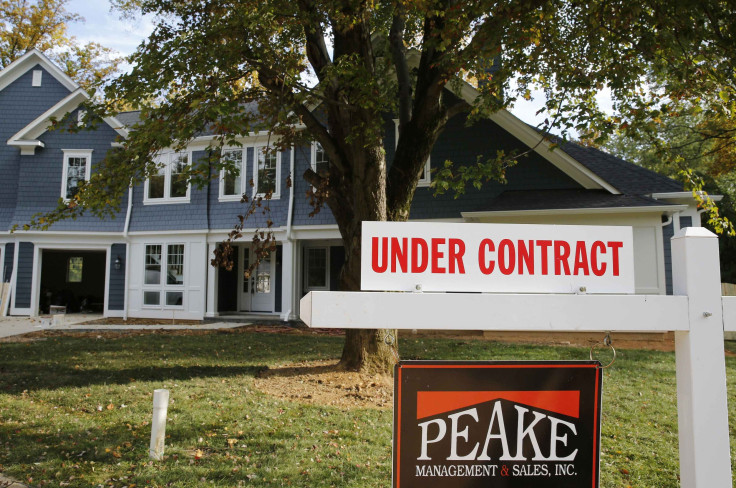Housing Prices Going Up? After Dipping For Most Of The Year, New Report Shows Modest Gain

The S&P CoreLogic Case-Shiller 20-city national home price index, a measure of housing affordability, rose by 2.1% in September compared to a year ago. The 20-city composite tracks housing prices in 20 cities across the country, with cities such as Phoenix and Charlotte, North Carolina, seeing the highest annual increases at 6.0% and 4.6%, respectively.
George Ratiu, a senior economist at Realtor.com, said that the real estate market is mixed for prospective home buyers.
"While lower financing costs and a rising number of new homes are welcome signs in a market parched for inventory, prices are still climbing and the number of new homes in the affordable price range is down by double-digits," Raitu said.
In some cities where prices for housing are high, home prices have been declining. San Francisco's prices decreased by 0.7%, while New York City saw only a meager increase of 0.8%.
The cost of getting a mortgage has decreased over the last year, due to lower interest rates. Mortgage buyer Freddie Mac has said that the average 30-year mortgage has an interest rate of 3.75%, compared to 4.94% a year ago.
On the other hand, lower-cost housing under $300,000 is increasingly becoming harder to come by in many parts of America. The National Association of Homebuilders (NAHB) conducted a survey of 19,000 adults in August, with 80% of U.S. households saying that they believe the country is facing an affordability crisis.
NAHB Chairman Greg Ugalde said that to help improve affordability, "policymakers must roll back inefficient zoning rules, costly impact fees and outmoded land development regulations that are driving up housing costs, contributing to the mounting lack of affordable housing and hurting middle-and low-income households."
For those looking for the cheapest homes, SmartAsset, a financial technology company, said that the three states with the lowest home prices are West Virginia, Arkansas and Alabama.
© Copyright IBTimes 2025. All rights reserved.





















